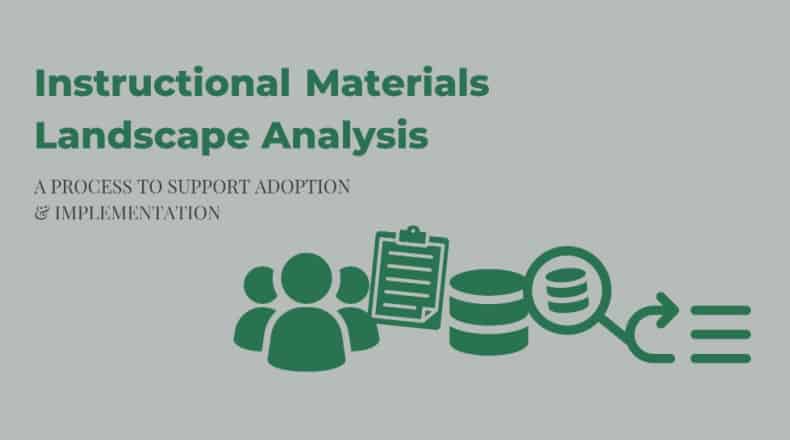Making interventions an easy part of classroom routines can add another dimension to instruction
“I don’t have time for interventions! I barely have time to teach the curriculum, never mind reteach it!”
Reading instruction refers to the way students are taught foundational reading concepts like phonological awareness, phonics, comprehension, vocabulary, and fluency. Recently, there’s been a lot of talk in the news and on social media about the “right kind” of literacy instruction. There’s balanced literacy, structured literacy, whole language, and then some—and as teachers, we don’t often get a say as to which we teach. No matter what your curriculum is, there is a way to reach and teach all of the learners in your classroom using interventions.
Reading intervention is the extra support and instruction for students who may not fully be grasping a concept or skill. Though interventions look different for every student, the way they are planned and implemented can be similar. Sometimes, it’s easy to get lost in the sea of programs, instructional minutes, and curriculum maps. It can feel overwhelming trying to figure out the best way to reach and teach the learners in front of us while teaching with fidelity. It’s important to remember that your interventions do not have to be intricate or super formal; the best interventions are often the simplest. In fact, some of the strongest ones I’ve seen involve just sticky notes and laminated index cards. What matters is that you have a way to reteach the skill and a way to keep track of whether or not the student is making progress.
Deciding which intervention to use can also be daunting. Refer to your data from summative and formative assessments, and once you figure out what the student’s biggest need is (accuracy, fluency, or comprehension), then form your targeted groups around specific strategies to address those needs. Classroom intervention groups should be in place and monitored for success for at least 1-2 weeks before being re-evaluated.
Here’s an example of one way to implement interventions during a reading block:
Let’s say the reading lesson is on looking for describing words for the main character. The teacher is working with a guided reading group, and that leaves 20 or so other students to do independent reading or buddy reading. That time where students are supposed to be reading from their book boxes can be very intimidating not only for striving readers but also for students with ADD/HD and executive functioning delays as well. This is the perfect time to add another layer of purpose with an intervention. Giving students the expectation that they have to produce something at the end of their reading time will remind them of their purpose. Using the day’s learning target of character traits, each student is looking for these types of adjectives and adding them to sticky notes and putting them on their desk or workspace as they come across them in their reading. This allows the teacher to keep working with the guided reading group while also being able to do a quick scan and make sure students are on task by seeing the sticky notes and offering reminders to those who aren’t.
We can also incorporate some phonics work here, too. This is where the laminated index cards come in handy. Depending on how you structure your day, you can pull the index card groups first and give them their instructions, and then begin work with the guided reading groups. They can work together or independently. It all depends on how you build your classroom routines and how it works for you and your students. I like to make different colored laminated cards so I can group students by skills at a quick glance. Maybe some students are looking for words with suffix endings, maybe others are looking for words beginning with b and d, maybe others are looking for a specific vowel team. They are writing these words on the index cards as they read. When you do your lesson closure, first you do a quick (2-3 minutes) check-in with your index card groups, then the mini lesson skill is shared for the whole class. This also connects your phonics work with reading comprehension.
Remember, if an intervention seems overwhelming to you, the adult professional, it’s definitely going to be overwhelming to the student. Keep it simple, keep it quick, and keep your notes! We all use teachable moments in the classroom to help students understand concepts like empathy and consequences. This is just a way to use teachable moments as minutes to build literacy skills.





